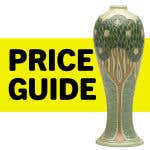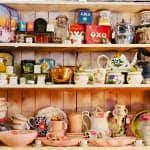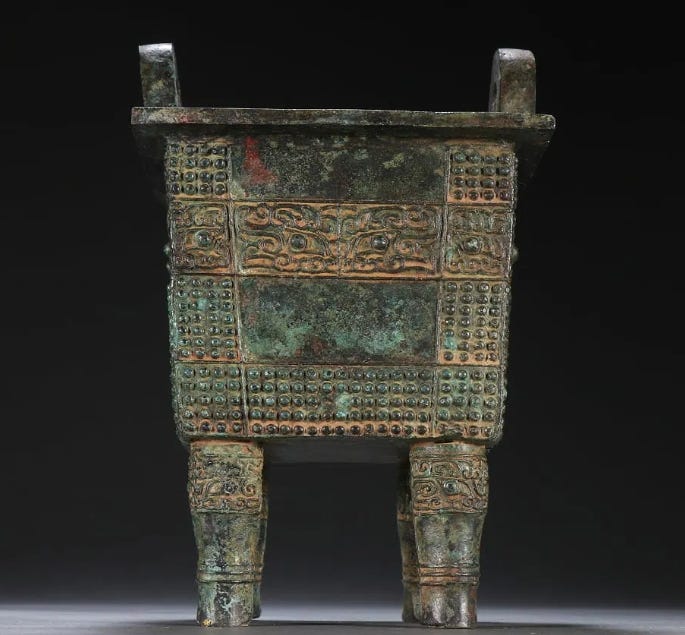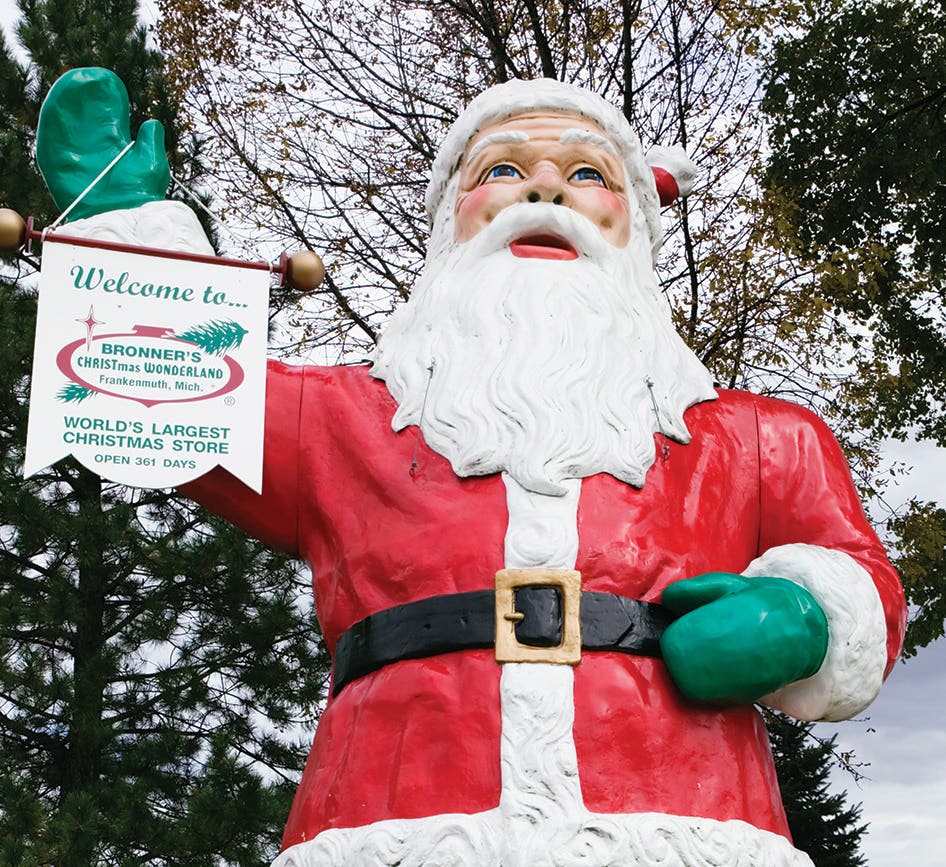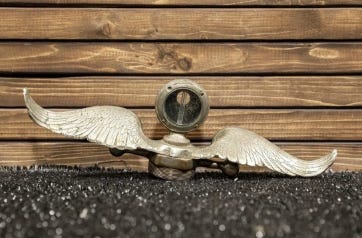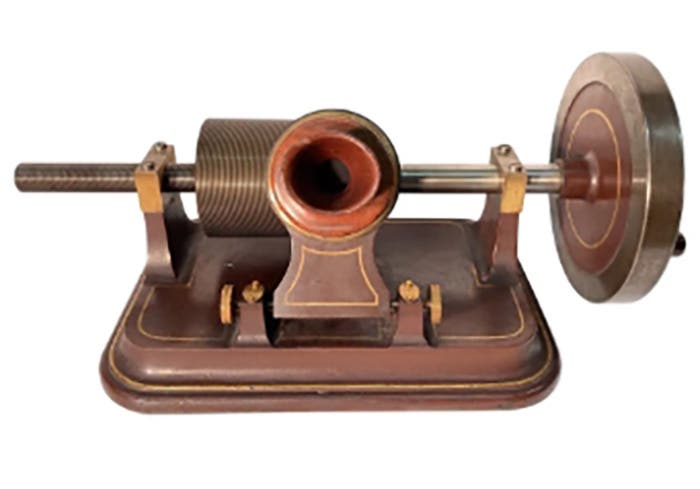Behind the Gavel: Value of a customer list may be surprising
In his latest Behind the Gavel column, Wayne Jordan explains why, when the time comes for dealers to attach a monetary value to their “most valuable asset,” most sellers are shocked to learn their customer base has little to no monetary value.
How much is your customer list worth when the time comes to sell your antique business?
For most dealers, the answer is “little or nothing.”
Such news may come as a shock to dealers who have invested decades developing a customer base.
Just because you sell to someone doesn’t make them “your customer.
“My customers are my most valuable asset!” they say. Perhaps. But when the time comes to attach a price to that “most valuable asset,” most sellers haven’t a clue where to begin. Ultimately, they pull a number out of the air, call it “the price of goodwill,” and hope that the buyer they are courting isn’t very sophisticated in financial matters.
Understanding 'the price of goodwill'
A key component of valuing the “goodwill” (intangible assets) of a business is the portability of a business’ customer base. The IRS defines goodwill as “the value of a trade or business attributable to the expectancy of continued customer patronage.” [http://bit.ly/2exaq63]
The tangible assets of a business are easy to value. Establishing the market value of furnishings, fixtures, and equipment is a straightforward process (and has nothing at all to do with the “book value” of those assets). Determining the value of antique inventory can be problematic, but the solution to that issue is an easy one (auction the inventory as a separate sale). Calculating the present value of future profits is a simple math problem if financial records have been well-kept.
The intangible assets of a business – customer and supplier relationships, reputation, name recognition, customer database, human resources, or the value of a particular location – are harder to quantify. Any business seller who expects to “cash in” on these intangibles at the time of sale needs to be able to quantify their value.
Challenge of establishing value of a customer list
Establishing the value – in dollars and cents – of an antique dealer’s customer base is problematic
for two reasons:
1. Customers don’t belong exclusively to one dealer. Antique shoppers may have preferred dealers, or dealers who they won’t do business with. But, for the most part, retail shoppers are, well, shoppers. They browse a variety of stores. They may buy from you this week and the dealer across the street next week. Buyers are fickle. Their loyalty is to themselves and their wallet. If you have an item that is scarce or competitively priced, you may get a shopper’s business. If not, someone else will. Just because you sell to someone doesn’t make them “your customer.”
Lorraine List, CPA, frequently advises clients on the value of their business. She states that in most instances a customer list has no more value than the paper it’s printed on. “The value of the list depends on whether those clients, and the earnings they represent, can actually be transferred to the purchaser,” she says. “It’s important to remember that no one actually ‘owns’ clients; they always have choices ... that’s why the steps in an ownership transition are so critical.” [http://bit.ly/2dt4dHq]
I’ve heard dealers remark that “my customers come here because they like dealing with me. I have personal relationships with them.”
Personal relationships amidst business
Fair enough. You’ve spent time nurturing the “know, like, and trust” track with your customers. What happens when you retire? Regardless of having the same location and name, customers will be wary of a new owner. Just as they did with you, they will need to take time to get to know a new owner and decide if they like him and can trust him. This circumstance is not unlike that of a retiring barber or auto mechanic: customers bought from the individual; the location of their shop was irrelevant.
How should the “personal relationships” issue be handled when you sell your business? Not by isolating a price for the customer list, but rather with an employment contract between you and the new owner. The new owner should “shadow” you for long enough to convince customers that the new guy is trustworthy and likable. How long? Depends on the frequency of customer visits, but I would say at least six months to a year.
2. Dealers don’t keep adequate customer records. Most dealers don’t collect a customer’s contact information at checkout. Doing so doesn’t lend itself to good customers relations, and I agree with the dealers who don’t do it. A customer’s privacy should be respected.
Also, not all customers have equal value. You have big-spenders, frequent buyers, and occasional buyers of trinkets. Valuable customer lists distinguish between these types of customers. In order to sell a customer list, there must be data that establishes customer value (their spending habits) and enables customer contact. How can that be accomplished while respecting a customer’s privacy?
Option for loyalty programs
The answer is to establish a loyalty program. Loyalty programs enable you to keep track of customer purchases and build your list simultaneously. Too much trouble? Too expensive? You won’t think so when the time comes to sell your business. Loyalty programs come in a variety of disguises and some work better than others. For a snapshot of how such a program can work for your antique business, have a look at the Forbes article “9 Things You Don’t Know About Retail Loyalty Programs in 2016.” [http ://bit.ly/2earHou]
Large chain retailers thrive on this tactic; it can work for you, too. In exchange for signing your guest book (leaving an email), liking your Facebook page, following you on Twitter, etc., your customers become privy to exclusive sales, email offers, coupons, or whatever economic temptation you are willing to offer. (Of course, when you offer “exclusive deals” they actually have to be exclusive to this group.) Over time, you will develop a usable customer list.
If you are now in the throes of selling your business and don’t have the data (customer, financial) to support analyzing the worth of your intangibles, then you can’t expect to be paid for them. What you’re left with is the value of your inventory, tangible assets, and real estate. If that’s your situation then your best option is to call an auctioneer and liquidate. Of course, liquidation means leaving a lot of money on the table.
If you’re not ready to sell, and think that someday you will want to, now is the time to start substantiating the value of your intangible assets.
